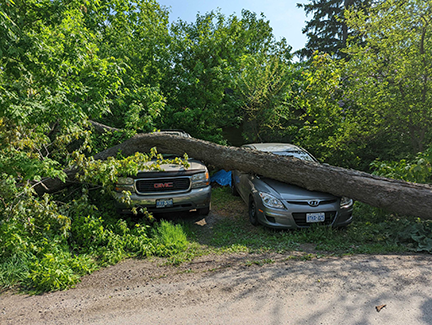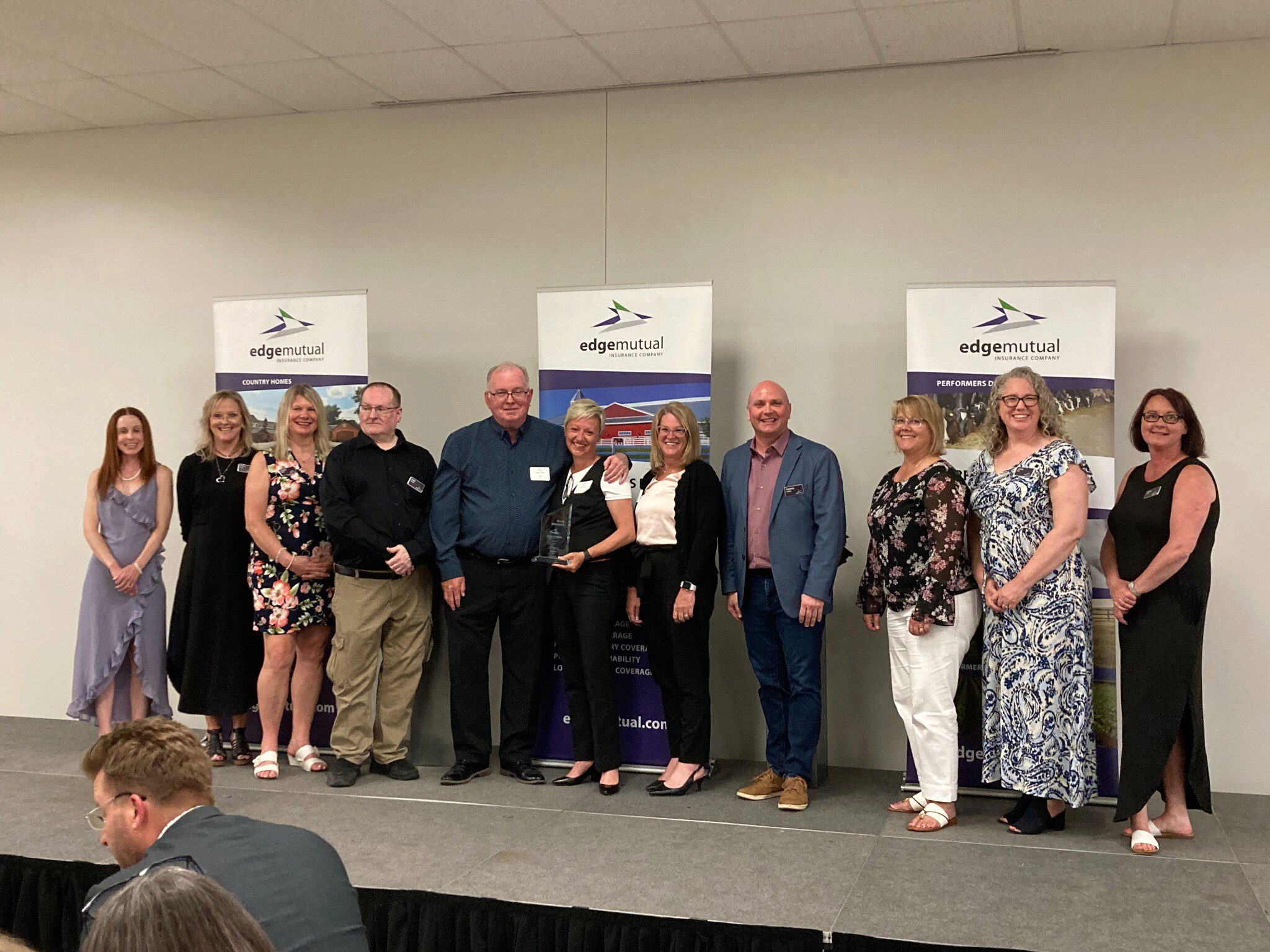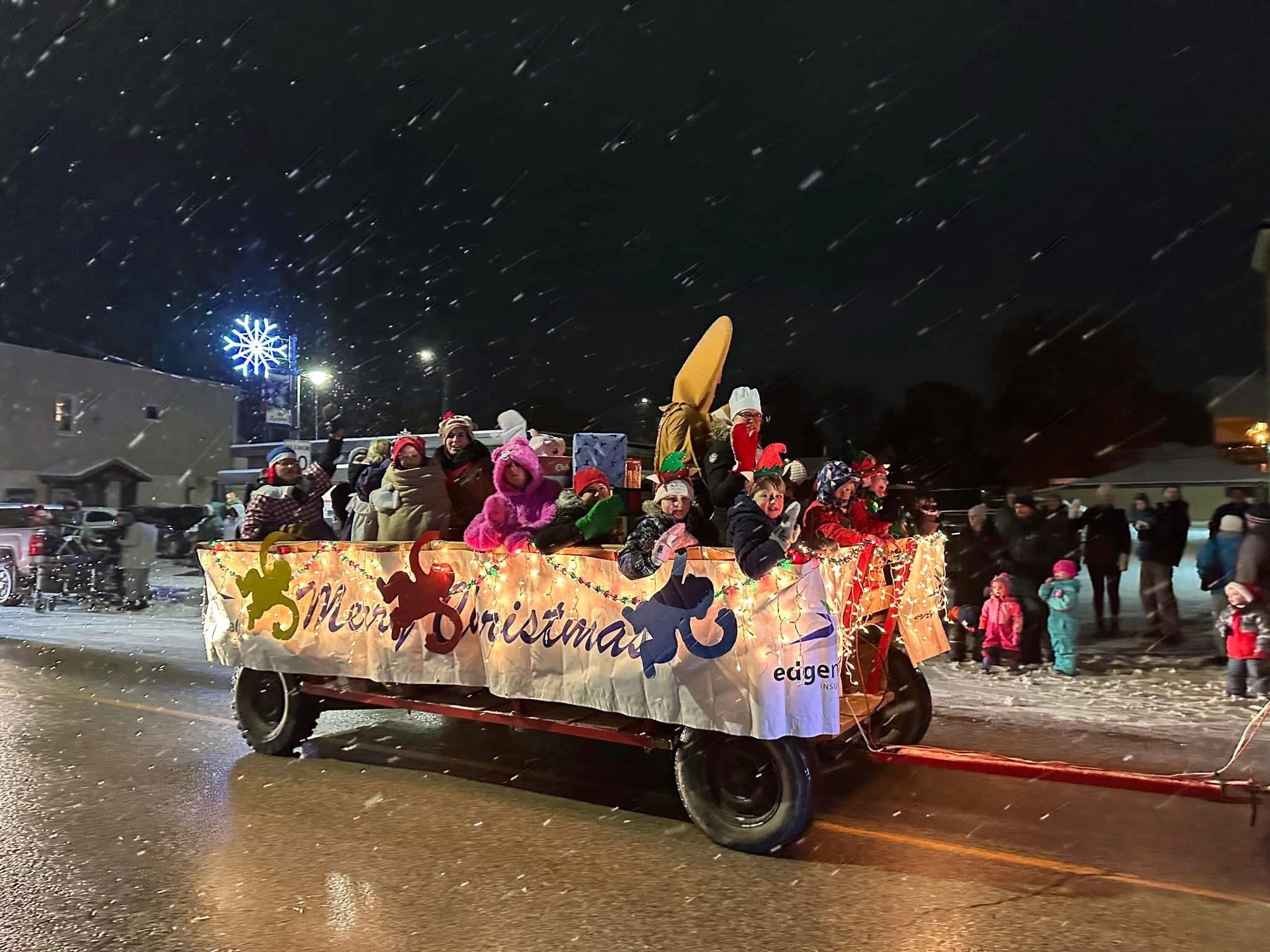On Friday June 13th, representatives from Edge Mutual attended Norwell District Secondary School's 2025 Commencement to distribute scholarships funded by the company as we continue our mission of investing in our community. After the graduate processional and presentation of the Class of 2025, underwriter Angie Culp presented two students with
Read More
Edge Mutual in Your Community
Check out the latest information about Edge Mutual in your community along with other information and resources.








